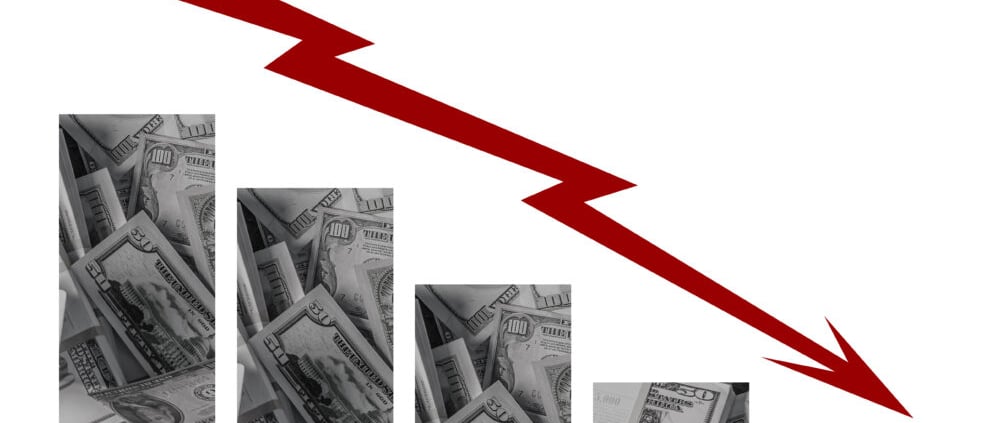Bankruptcy Trends
Bankruptcy Trends
Bankruptcy trends typically predict other financial patterns in the U.S. economy. Consumer bankruptcy is a legal process that allows individuals to eliminate or restructure their debts. It can be a difficult decision to make, but for those facing overwhelming debt, it may be the only way to get a fresh start. In recent years, consumer bankruptcy trends have been changing, with some surprising developments that could have significant implications for consumers and the economy as a whole.
Bankruptcy Filings Plumet
One bankruptcy trend that has been evident in recent years is a decline in the overall number of bankruptcy filings. According to the American Bankruptcy Institute (ABI), total bankruptcy filings in the United States fell by 29% in 2020 compared to 2019. This decline was largely due to the economic impact of the COVID-19 pandemic, as government stimulus programs and forbearance options allowed many consumers to keep up with their debt payments.
However, this trend is not necessarily a positive development. In fact, it may be masking underlying issues in the economy. As the ABI notes, “many households are still struggling to make ends meet, and may be delaying bankruptcy filings until after the pandemic ends or until government assistance programs run out.” This suggests that the true level of consumer distress may not be fully reflected in the bankruptcy data, and that we may see a surge in filings in the coming years as the economic fallout from the pandemic continues to be felt.
Who’s Filing For Bankruptcy
Another trend in consumer bankruptcy is the changing demographics of those who are filing for bankruptcy. In the past, bankruptcy was often seen as a last resort for older individuals who had accumulated debt over time. However, in recent years, there has been a rise in bankruptcy filings among younger generations. A recent study by the Consumer Bankruptcy Project found that the number of Americans aged 18 to 34 who filed for bankruptcy rose by 20% between 2016 and 2019.
The reasons for this shift are complex, but they likely reflect the changing nature of the economy and the challenges that young people are facing today. Many younger Americans are burdened by student loan debt, which can be difficult to discharge through bankruptcy. Additionally, rising housing costs and stagnant wages have made it harder for young people to build wealth and achieve financial stability. These factors may be contributing to the rise in bankruptcy filings among younger generations.
Income Disparity
Finally, it is worth noting that there are significant differences in consumer bankruptcy trends across different regions of the United States. For example, states with high levels of income inequality, such as Mississippi and Alabama, tend to have higher rates of bankruptcy filings. Similarly, states with high levels of medical debt, such as Tennessee and West Virginia, also have higher rates of bankruptcy. These regional variations suggest that consumer bankruptcy is not just a personal issue, but also a reflection of broader economic and social trends.
Bankruptcy Trends Stabilize
In conclusion, consumer bankruptcy trends are complex and multifaceted, reflecting a range of economic, social, and demographic factors. While the overall number of bankruptcy filings has declined in recent years, this may not necessarily be a positive development, as it may be masking underlying financial distress among households. Additionally, the changing demographics of those who are filing for bankruptcy, and the regional variations in bankruptcy rates, suggest that this is an issue that requires further study and analysis. As consumers continue to face financial challenges in the years ahead, it will be important to monitor these trends and ensure that policies are in place to support those who are struggling with debt.
Bankruptcy Consultation
If any of these issues keep you up at night, contact The Law Offices of Dax J. Miller, LLC to learn more.





